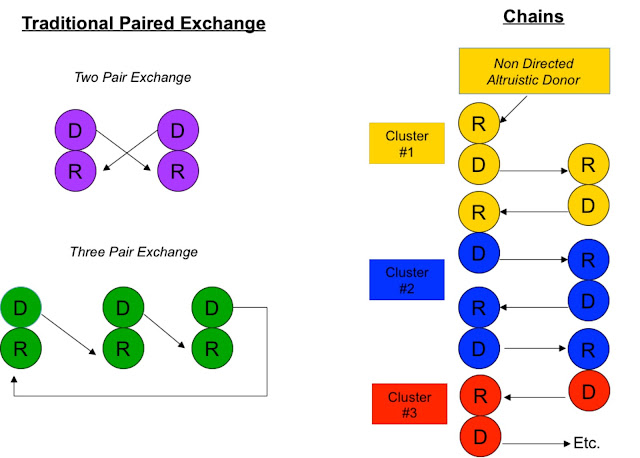How do I get on the waiting list at the Iowa Methodist Transplant Center?

The Iowa Methodist Transplant Center has one of the shortest waiting times for a deceased donor kidney transplant in America and regularly receives referrals from all over the country. Many of these patients have been waiting years at their local transplant center. Fortunately, search sites like txmultilisting.com have empowered them to take control of their own health care and seek out centers with shorter waiting times. To potentially benefit from a transplant a patient should have: • Progressive, irreversible renal disease • No active malignancy or infection • Absence of systemic disease which would severely limit rehabilitation • Life expectancy greater than 5 years with a successful transplant • Effective family or social support systems • Willingness to comply with treatment and follow-up requirements Absolute contraindications to transplant include: • Active malignancy • Severe respiratory conditions • Severe Ischemic heart disease • Severe peripheral vascular...




